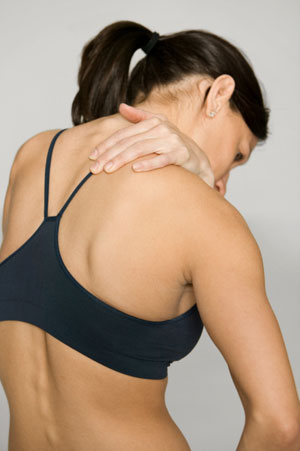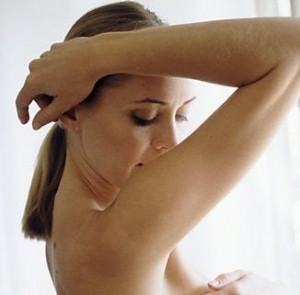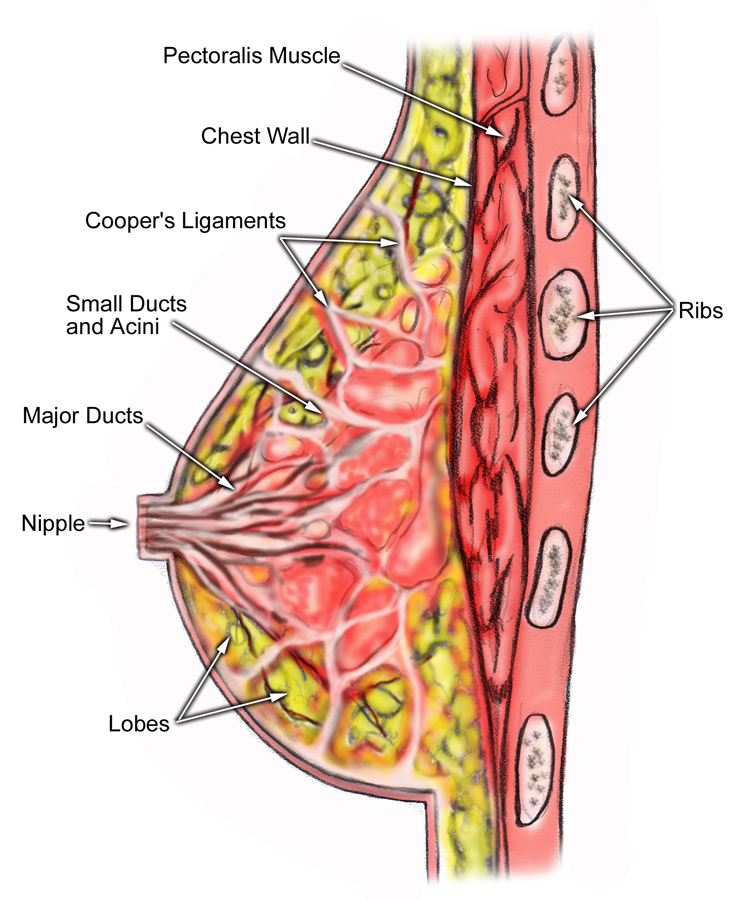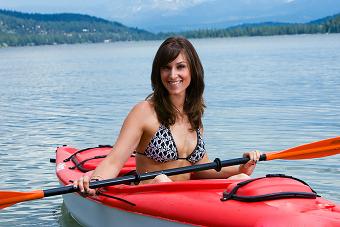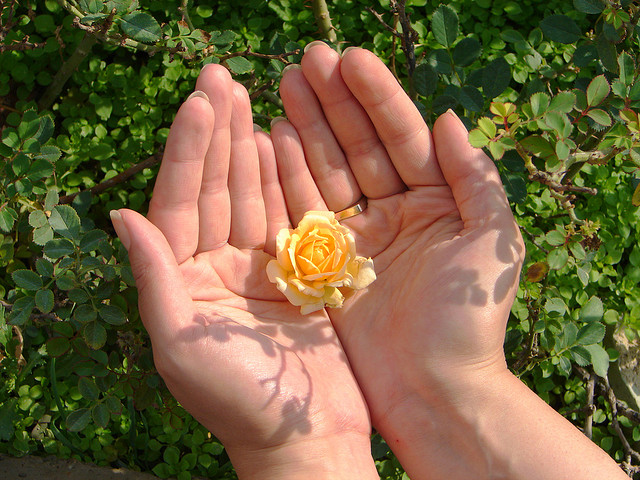
Hamed Saber
On average, 1 out of 8 women will get diagnosed with breast cancer. This statistic puts the harsh reality of this disease into perspective. Because you might not know how to react to a friend who says she has breast cancer, we put together some suggestions for you should this unfortunate situation happen.
Support her decisions
Having breast cancer means making a lot of decisions, and a lot of stress. For example, she may have to decide if she will get a lumpectomy, radiation treatment, or mastectomy. All of these things require research and an investment of time and energy.
In this scenario, you have to remind yourself that unless you’re a qualified medical expert, you are not in the best position to determine someone else’s life.
Instead, you can be of greater help by simply listening. Listen to her without judgement and let her share her ideas with you. Whatever she says, let her know you’re behind her all the way.
If you notice any strong emotional undertones to her words, support those too.
Go to appointments with her
One of the worst feelings to have when going through something difficult is feeling like you’re alone. Don’t let your friend go to appointments or meetings by herself. Simply being with her means a lot. If she says she wants to go alone, you could offer to drive her to and from the location. That’s a start, and it will help.
Be specific
Questions like “how are you?” and “let me know if you need help” are not as helpful as you think for a few reasons. First, she’s getting asked those questions by mostly everyone she knows.
Secondly, she might not know the right way to answer.
For example, if you ask her “How are you?” she might say, “I’m fine, thanks.” But the reality is she doesn’t want to talk about how she’s really feeling: sad, sick, and low on energy.
Instead, ask specific questions and make specific inquiries, like:
- Let’s grab a coffee and chat this Tuesday, okay?
- Can I come by and make you dinner tomorrow?
- Let’s go see a movie this weekend!
Be a positive action-taker who goes beyond asking general questions. It will mean more to her than you know.
If you follow these 3 general rules, you will be a better supporter.


